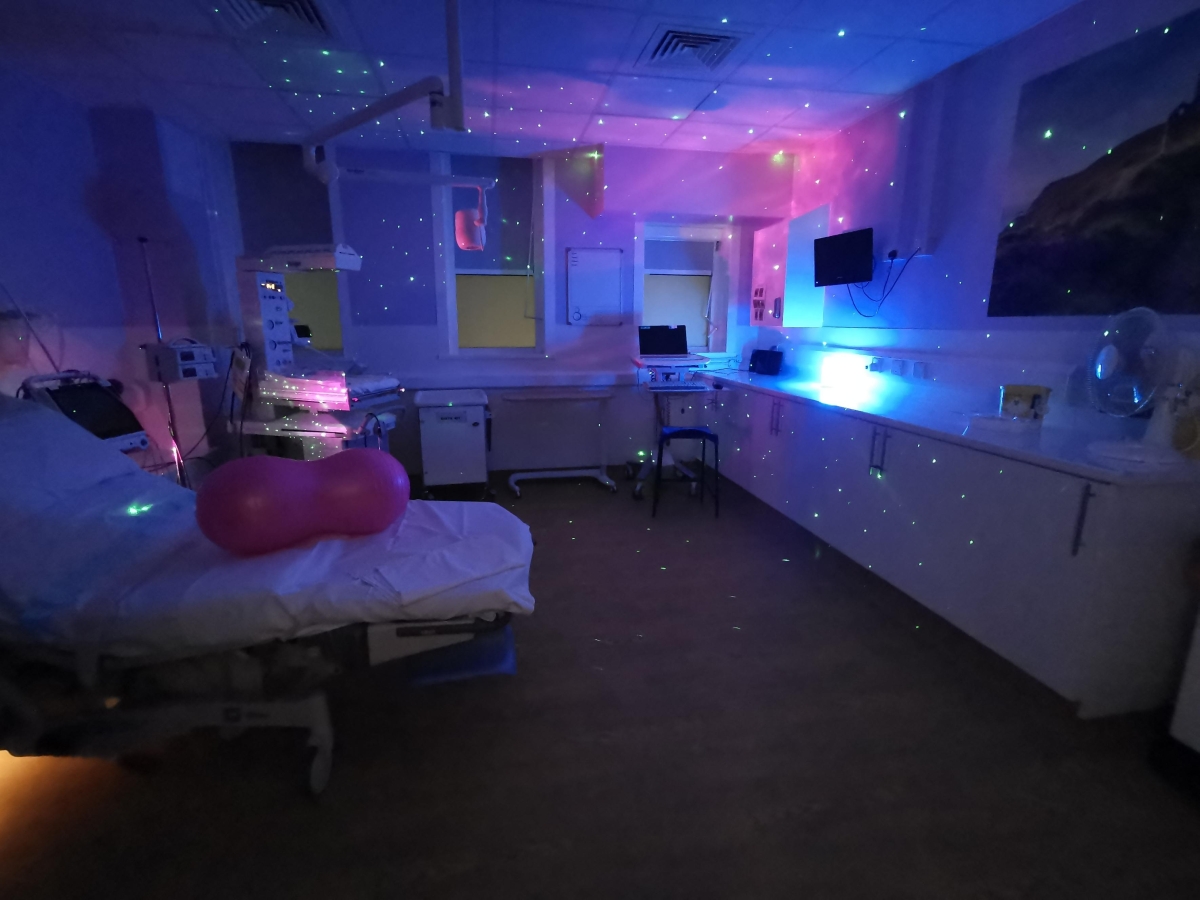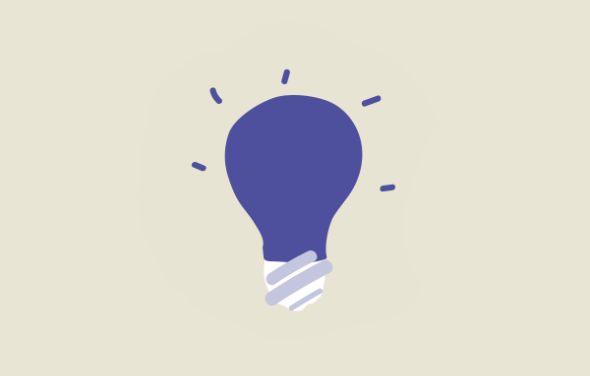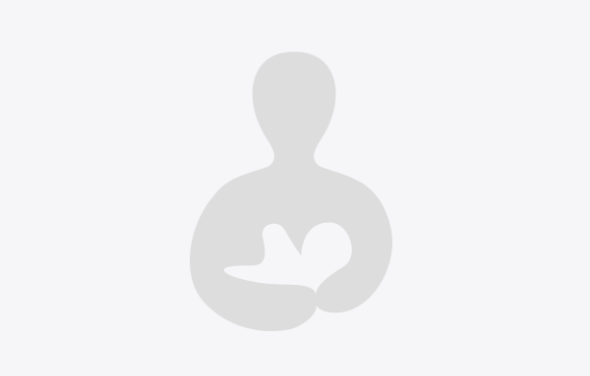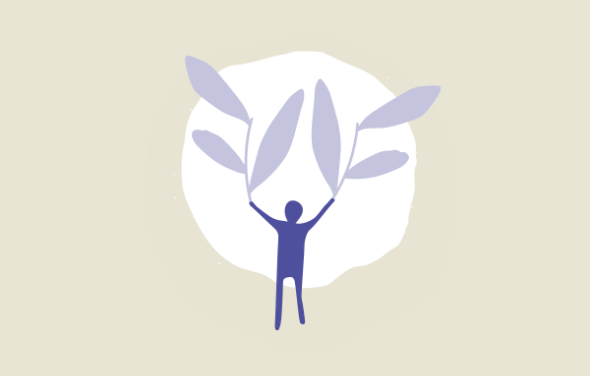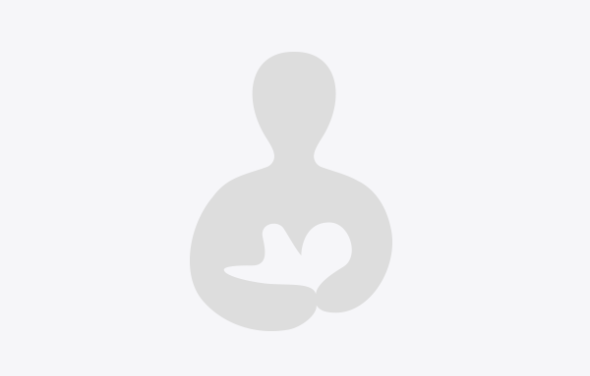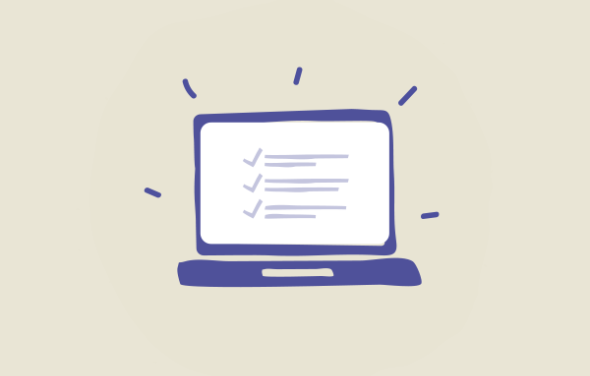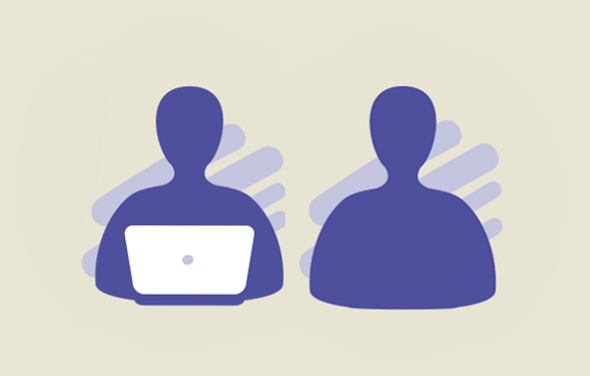
In my decades as a midwife, I’ve always been fascinated by the physiology of birth. I applied for an Iolanthe Midwives Award while working on the birthing unit at Truro. We were seeing so many people coming in with slow, challenging labours, back-to-back babies, that sort of thing.
I knew there were things we could do to try and support women in this situation, ways of making their labours more comfortable and effective – but I realised many of my colleagues didn’t. So I applied to Iolanthe for funding to run in-person training for our midwives, with Molly O’Brien from Optimal Birth.
Molly’s study days look thoroughly into the mechanics of birth, when it’s working well and when it isn’t, allowing participants to increase their understanding of what’s actually going on when labours are longer and more painful. She shows how as midwives we can recognise, and then use simple tools to address, whatever is happening with that labour and make it more functional.
We had a day booked; then the pandemic hit. This meant that we ended up doing the study day online instead. This actually worked surprisingly well. We had 15 participants logged in, mostly midwives from right across labour ward, birthing unit, and community, including some labour ward co-ordinators, and also a couple of student midwives.
Attendees heard about a lot of tools and techniques they’d never been aware of before.
Feedback included...
inspiring”
reminded me of what real midwifery was about
showed me how to support a woman’s instincts to use her own body to move her labour on
gave me confidence that I had the ability to use these skills
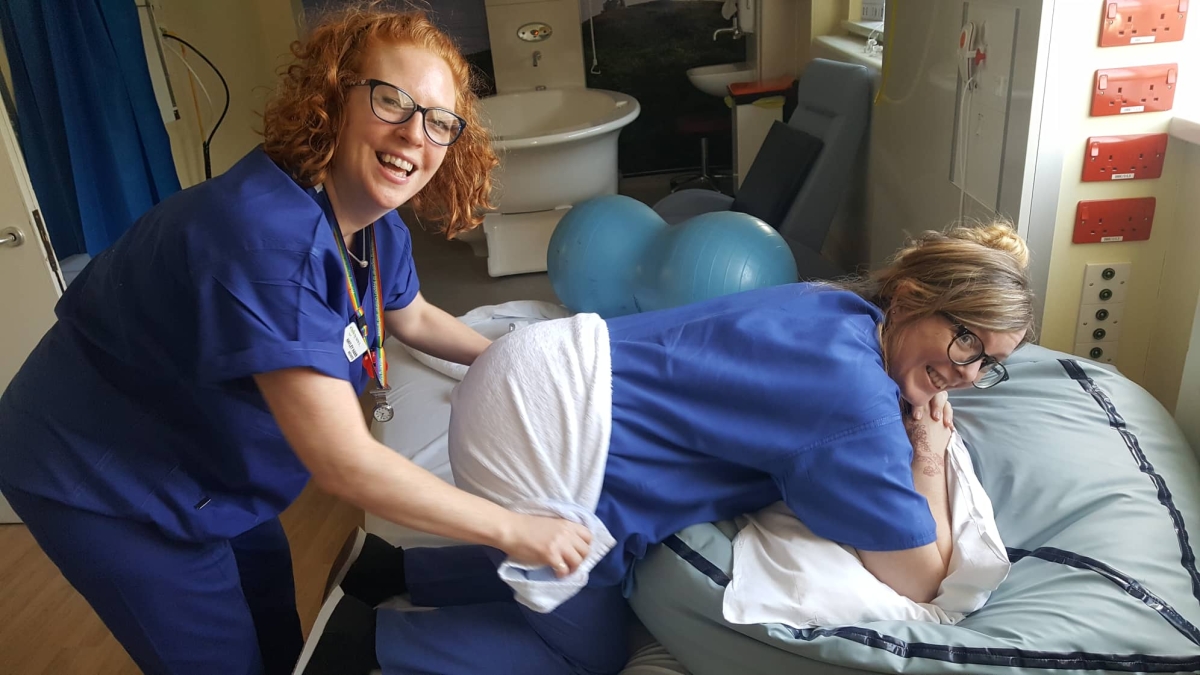
One particular colleague who had been a student midwife while on the course, was regularly getting in touch afterwards to tell me, “we did this and that, and it really helped!”
With the remains of my funds, myself and one of our labour ward co-ordinators addressed the fact that our labour ward was really lacking in the positive, active birth atmosphere that the birthing unit right next door had. So we bought peanut balls, which really help support birth physiology when women are less able to be mobile, eg with an epidural, some lamps and light projectors, that sort of thing.
I have now moved on to working as a doula/birthkeeper, as well as teaching about physiological birth, and I transferred into the labour ward with a client recently – the atmosphere was lovely, there were birthing positions posters up on the walls, it was great to see all those things in place.
